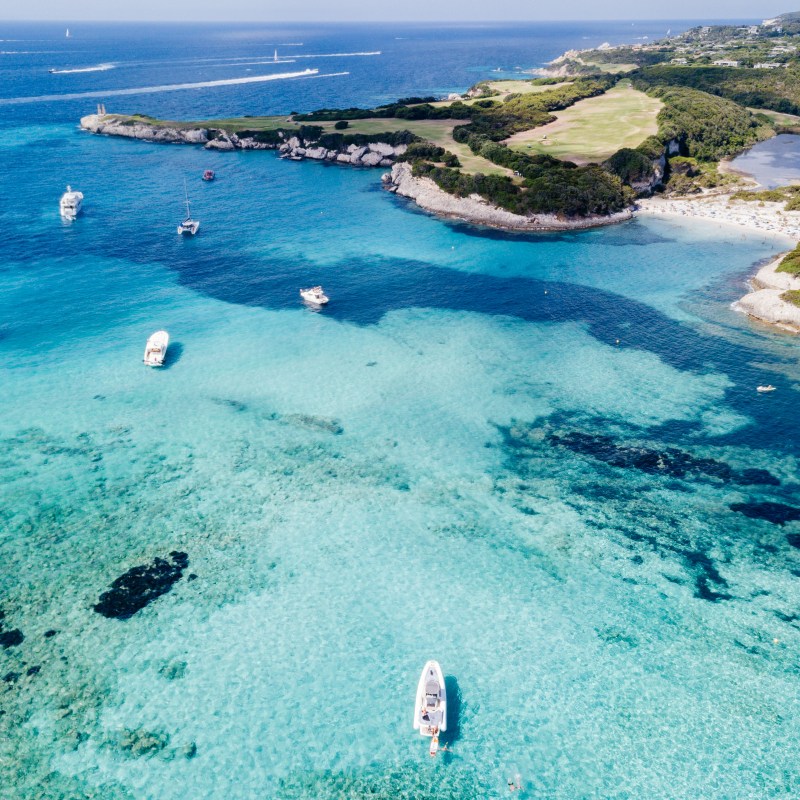
Just west of Italy are two islands, sitting one on top of the other. Nestled in the Tyrrhenian Sea in one of the Mediterranean’s most gorgeous stretches, these islands are distinct isolates that have their own histories, languages, and traditions.
Videos by TravelAwaits
To the north is Corsica, a French region that could soon obtain autonomous status. To the south is Sardinia, an already-autonomous region in Italy.
Despite the fact that France and Italy are some of the most high-traffic tourist zones in the world, few foreigners venture to Corsica and Sardinia. And while they each fly different flags, they’ve got more in common than not.
Though I haven’t made it to either country, I’m hellbent on having a grand adventure in Olbia, a Sardinian town that’s popular with domestic Italian tourists thanks to its stunning beaches and laidback lifestyle.
If you’re heading to the Mediterranean, a trip to either island is bound to tickle your travel itches—in more way than one.
Ready for your crash course on Sardinia vs Corsica? Dive in below.
Sardinia vs Corsica: key differences
Each island has its own language(s)
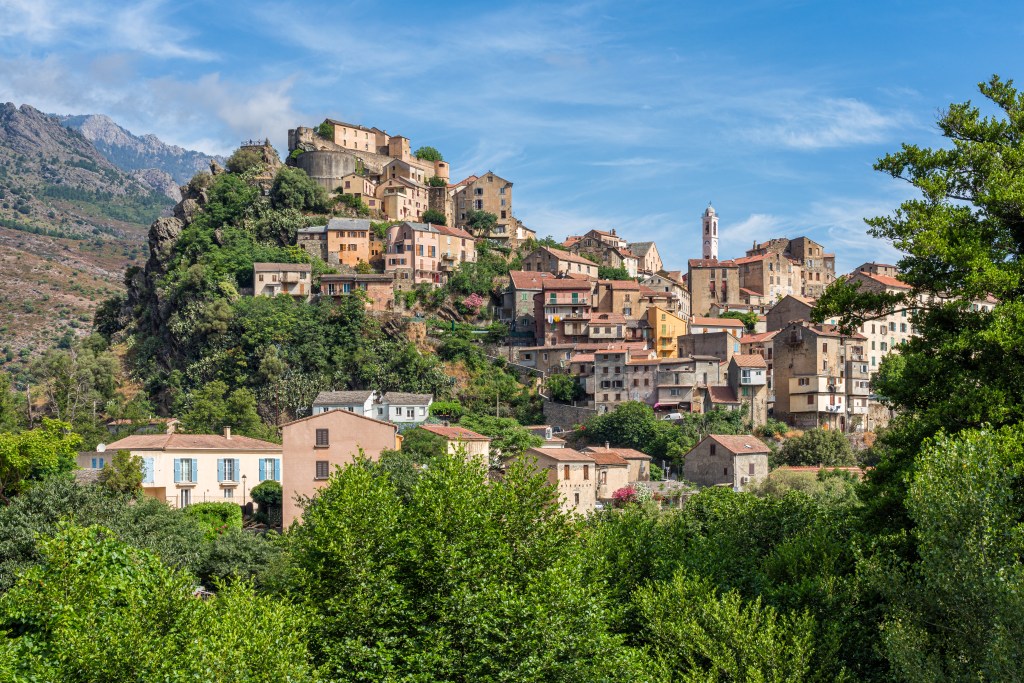
I don’t have the time to dive into the history of each island, but know that they’ve been populated for millennia, and have been part of empires, principalities, republics, and more.
Corsicans mainly speak Corsican and Ligurian, along with French. Corsican is a Romance Italo-Dalmatian language, meaning it’s very similar to Italian. The same for Ligurian, which became a common tongue when Corsica was part of the Republic of Genoa.
Meanwhile, in Sardinia, the main tongue is Sard, a Romance language that’s a bit more distinct than Corsican. Along with Sard, locals speak Italian, Sassarese, Gallurese, Ligurian, and even Catalan.
While you’re sure to notice elements of French and Italian culture on both islands, know that they have long and unique histories that have only recently made them officially French and Italian.
Sardinia is larger and more populated, making it busier
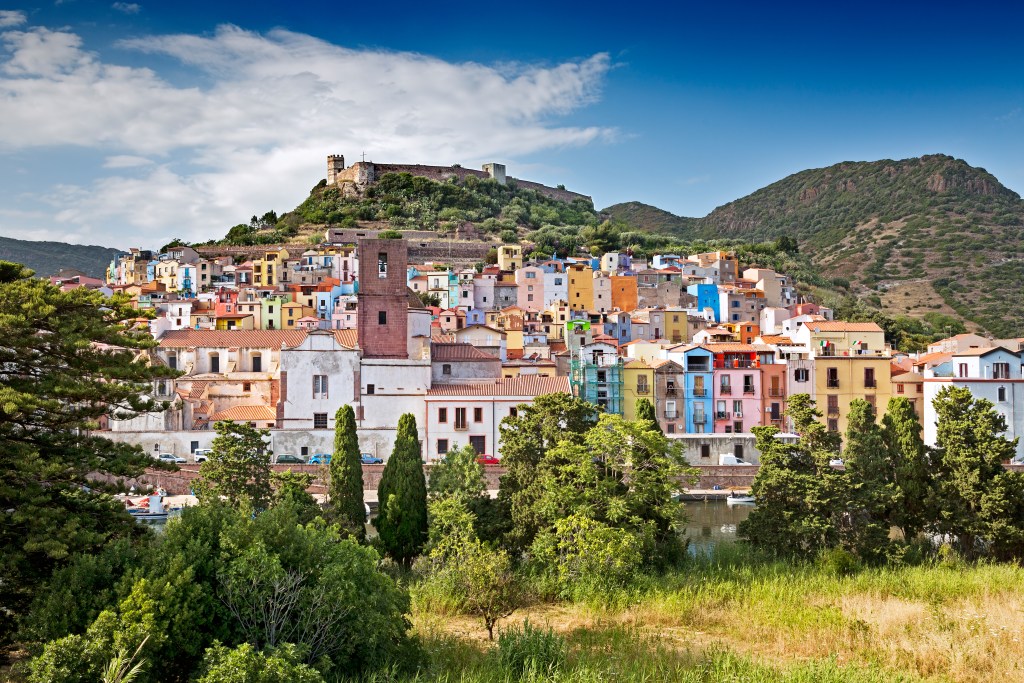
Sardinia has a population of just over 1.5 million, while Corsica has less than 400,000 full-time residents. That makes it one of France’s least-populated regions. (More on this below.) Sardinia, by contrast, is home to larger cities like Cagliari and Olbia.
For this reason, Sardinia is the booming tourist destination of the two. It’s mostly a hotspot for domestic Italian tourists because the secret isn’t quite out. On top of that, its remote nature has made it a popular choice for celebrities who want a bit of privacy. You’ll see them lounging at five-star resorts and floating on boats in the cerulean blue sea.
Corsica has a stunning mountain range & gorges
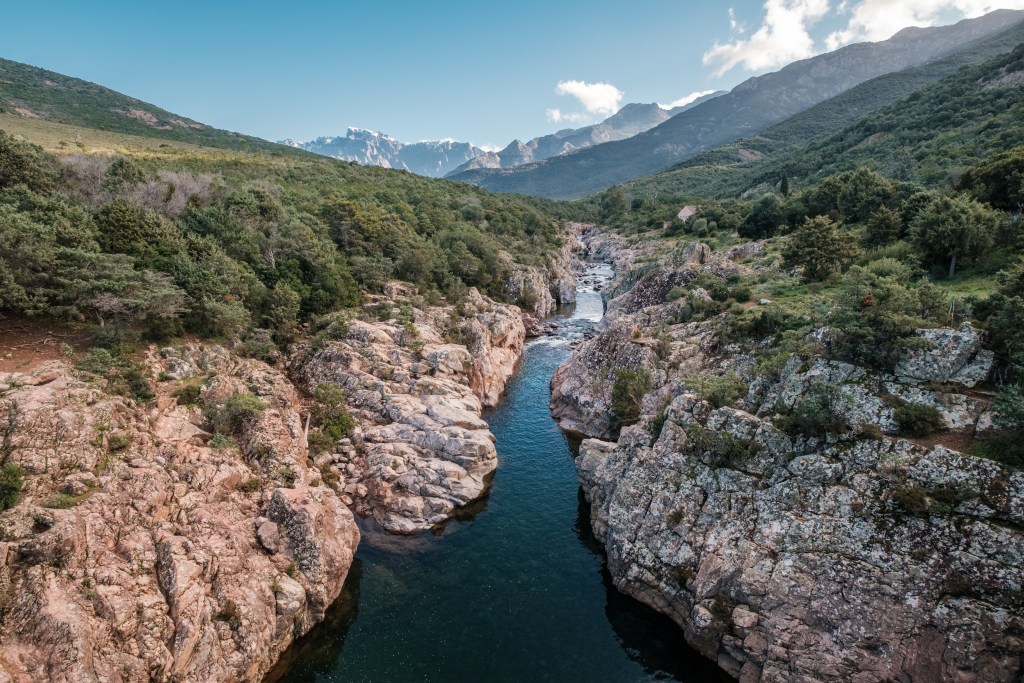
Sardinia and Corsica are both jaw-droppingly gorgeous, but Corsica is much more remote. Its mountains and gorges have flown under the radar for many tourists—even those in France who know about the island.
If you’re a fan of hiking, mountaineering, and otherwise getting into nature, don’t write Corsica off your list. While you need to manage the high temperatures in summer, it’s a feast for outdoor adventurers in the cooler months.
Monte Cinto is the highest peak on the island, which you can hike. I’d also recommend exploring the vast gorges of Spelunca, which stretch between two gorgeous villages.
Ancient history comes alive in Sardinia
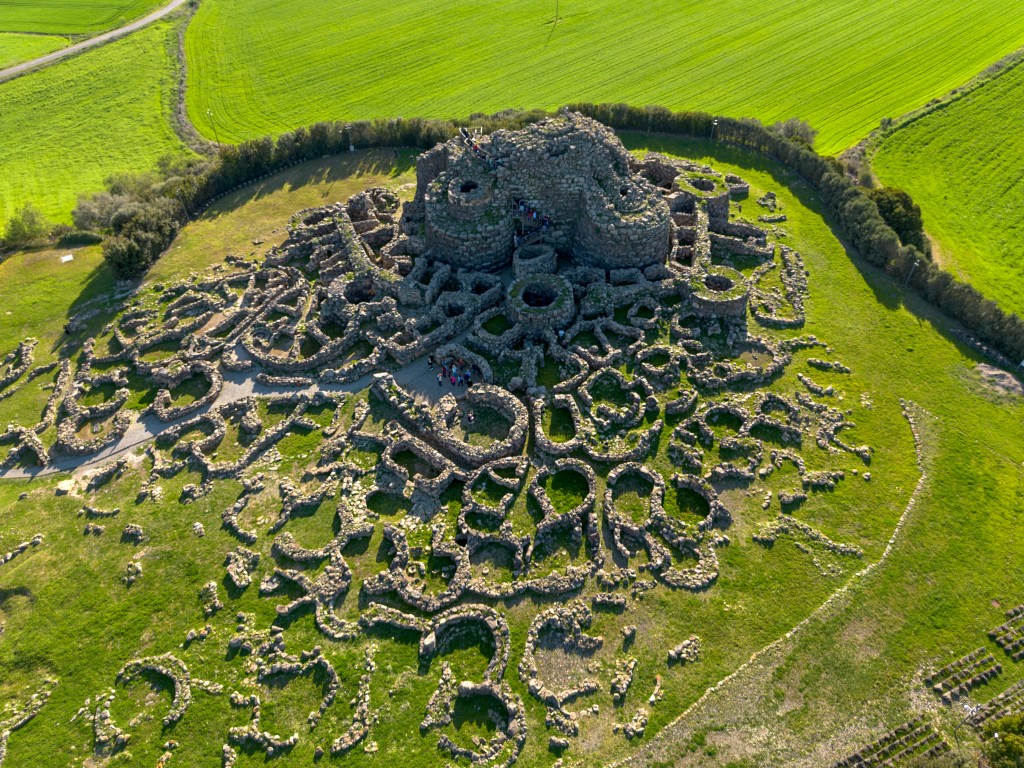
You’ll find a balance of natural wonders and history on both islands—but Corsica is the better pick for adventurers, while Sardinia is ideal for delving into ancient history.
The island’s southern half was once home to the Nuragic civilization, which is remembered through unique beehive-like structures that dot the island, known as nuraghi.
Dating back to the Bronze Age, the Nuragic civilization outlived other neighboring heavy-hitters that you’ve likely heard of, including the Minoans and Mycenaeans. When you visit Sardinia, you can explore Nuragic sites like the village of Tiscali, letting you take a look at ancient history you won’t find elsewhere.
Both have world-class beaches & world-famous culinary traditions
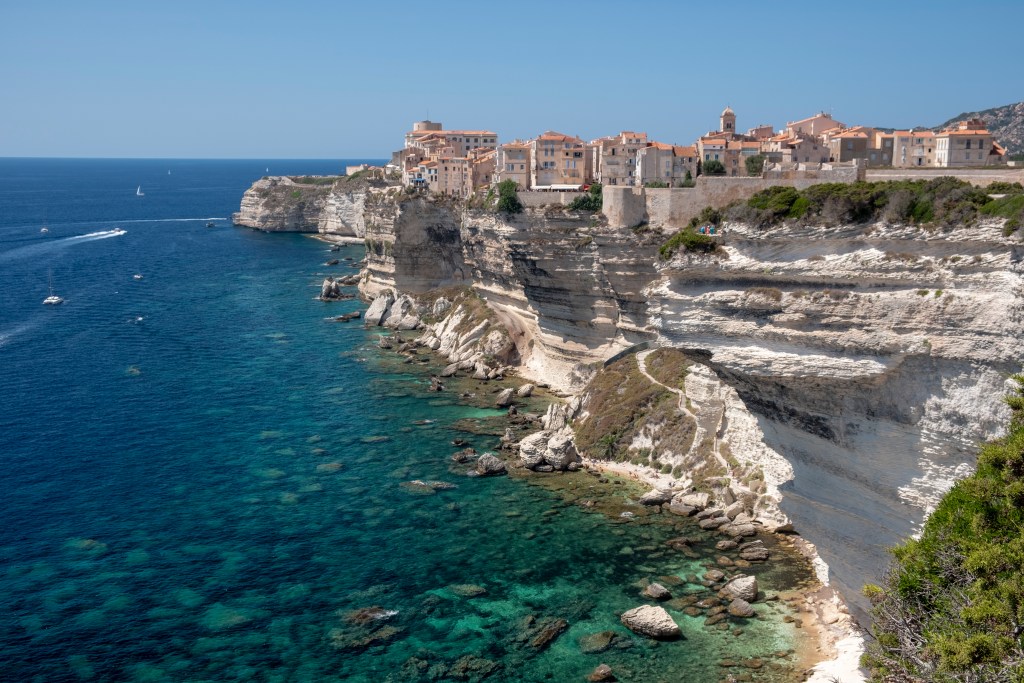
Overwhelmingly, when you think about Corsica and Sardinia, you should be picturing delicious meals and stunning coastlines. Though not many travelers make it to the islands, those that do often head back to revisit their favorite beaches and dishes.
In Sardinia, don’t miss out on Spiagga di Maria Pia, Cala Mariolu, Teurredda, and Is Arutas. When it comes to mealtime, don’t miss specialties like porcheddu (baby pig), culurgiones (stuffed pasta), and pane carasau (thin crispy bread).
In Corsica, make sure to visit Plage de Cupabia, Plage du Grand Sperone, and Palombaggia Beach. When it comes to famous dishes, make sure to try civet de sanglier (wild boar), veau aux Olives (veal stew), and brocciu (whey cheese).
FAQs: Sardinia vs Corsica
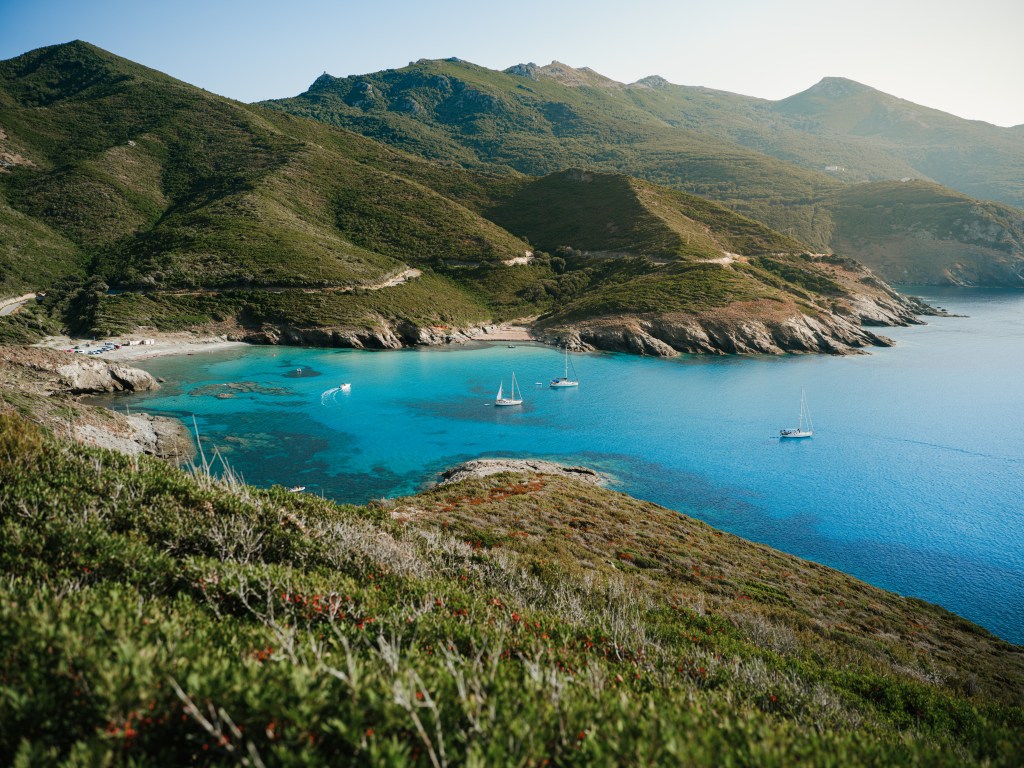
Do you need to rent a car to explore the islands?
You’ll have a much easier time exploring Sardinia and Corsica if you rent a car. Though Sardinia has triple the population of Corsica, many of its towns and cities are spread out.
While public transportation is functional, it’s not geared toward tourists. I highly recommend renting a car to stay dynamic on your vacation—who knows what far-out beach a local will recommend to you?
Sardinia vs Corsica: How long should you spend on each island?
Both islands are small and accessible by car, meaning you can explore them over the course of a few days. Though Corsica is much smaller than Sardinia, it’s more rustic, meaning you might spend longer on the road as you drive from town to town.
Either way, you can create a full week-long itinerary for either Sardinia or Corsica.
If you like to keep busy with tours, museums, and other experiences, four days on either island will be enough time to get the lay of the land and dig into its culture. That being said, if you want to lounge on the beach and eat well at restaurants overlooking the water, you could waste away for a whole summer on either island without batting a lash.
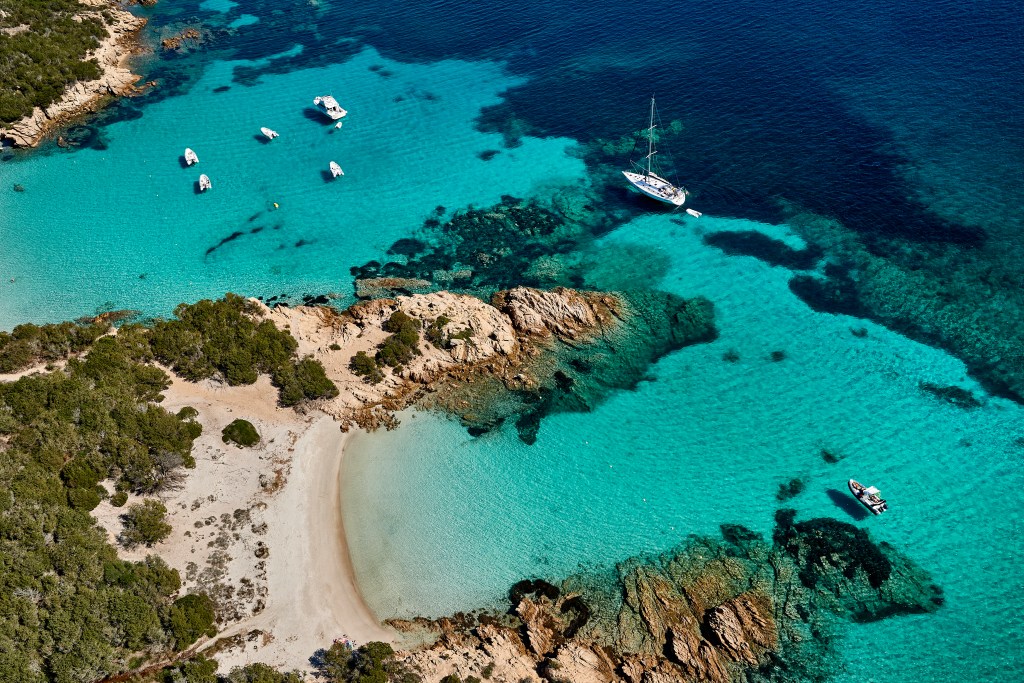
Sardinia or Corsica: Which is more affordable for tourists?
Sardinia is more affordable than Corsica when it comes to hotels, meals, and tours. Part of the reason is Sardinia’s existing tourism infrastructure. Because it’s more populated and popular with visitors, its hospitality industry is more developed and accessible.
Can you visit both islands on a single trip?
You can easily travel between Sardinia and Corsica via ferry (there aren’t any direct flights), which includes options to transport a vehicle. Plus, both islands are part of Schengen, meaning there’s no border crossing.
Theoretically, that makes it easy to travel between the islands on a single trip. That being said, unless you’re planning a trip to Europe specifically to visit Sardinia and Corsica, it might be easier to explore these islands by adding them on as a weekend getaway on a longer European excursion.
You can reach Corsica easily via Paris. The same with Sardinia and major hubs like Rome, Milan, Barcelona, and Paris.
